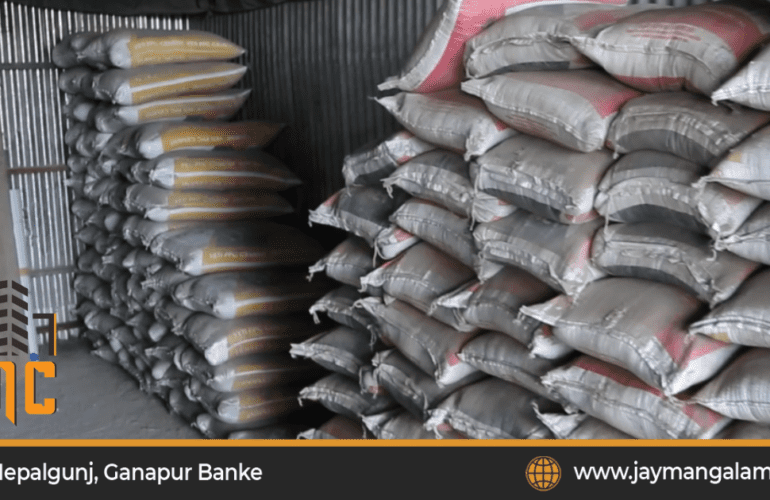Mastering Cement Storage and Handling: Ensuring Product Quality with Jay Mangalam Cements
As a leading provider of high-quality cement, Jay Mangalam Cements understands the importance of proper cement storage and handling. These practices are crucial to maintaining the integrity of our products, ensuring they deliver the performance our customers expect. This blog post delves into the best practices for cement storage and handling, focusing on maintaining product quality.
The Importance of Proper Cement Storage
Cement storage is a critical aspect of cement handling. It refers to the methods and systems used to keep cement in optimal condition from when it leaves the production facility until it’s used in construction. Proper storage ensures the cement retains its quality, preventing exposure to conditions that could degrade its performance.
Best Storing System for Cement
The ideal storage system for cement protects it from moisture, one of the biggest threats to cement quality. Silos, whether horizontal or vertical, are commonly used for cement storage due to their efficiency and effectiveness. They are designed to be airtight, protecting the cement from moisture and other environmental factors.
Silos also allows for easy loading and unloading of cement, making them a practical choice for large-scale operations. For smaller quantities, cement is often stored in bags, which should be kept off the ground and covered to protect them from moisture.
Best Practices for Cement Storage and Handling
When handling and storing cement, it’s essential to follow certain best practices to maintain product quality:
- Avoid Moisture Exposure: Cement should be stored in a dry place, away from any sources of moisture. Even high humidity can affect cement quality, so it’s crucial to ensure the storage area is well-ventilated and dry.
- Proper Stacking: If cement is stored in bags, it should be stacked on pallets or raised platforms, not directly on the floor. This prevents moisture from the ground from seeping into the bags.
- Rotate Stock: Practice the First-In-First-Out (FIFO) method to ensure that older stock is used first. This prevents cement from being stored for too long, potentially affecting its quality.
- Regular Inspection: Regularly inspect the storage area for any signs of moisture or damage to the cement bags. Any compromised bags should be used immediately to prevent further degradation.
Requirements of a Cement Storage Warehouse
A warehouse storing cement should be dry, well-ventilated, and free from any leaks that could let in water. It should also be designed to allow for easy movement and rotation of stock. The warehouse should be secure to prevent any tampering or damage to the cement.
Proper cement storage and handling are crucial to maintaining the quality of Jay Mangalam Cements’ products. By following these best practices, we can ensure that our cement delivers the performance and reliability our customers have come to expect from us.
Remember, the key to successful cement storage and handling lies in understanding the product’s needs and providing the right conditions to meet those needs. With the proper knowledge and practices, you can ensure the quality and performance of your cement, no matter how long it’s stored. You can learn more on our Facebook page.




